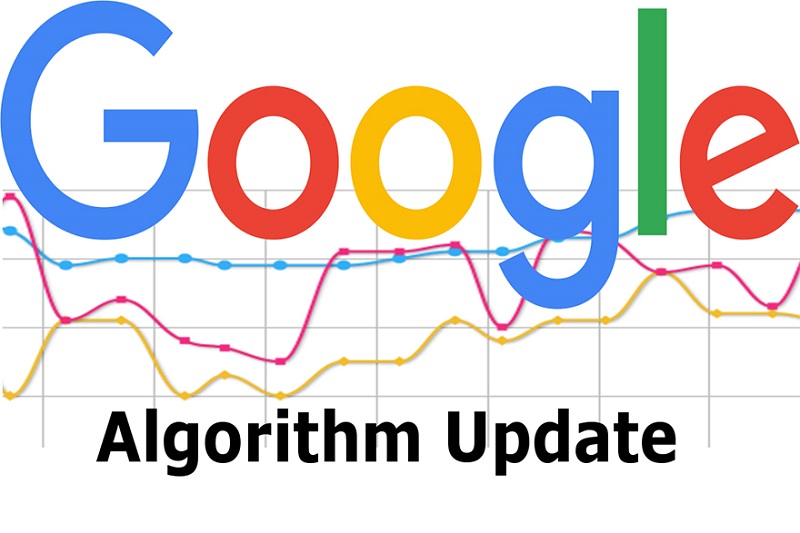
What is Google’s SEO Algorithm?
Google’s SEO algorithm is a constantly evolving set of rules that determine how your website is ranked in search engine results pages (SERPs). Google uses over 200 factors to rank websites, and they’re always tweaking and adding new factors to the mix. While we don’t know all of the SEO algorithms out there, we do know some of the major ones that have been implemented in recent years.
The most significant SEO algorithm updates in recent years include:
– Panda: This update was designed to penalize sites with low-quality content and thin content. It also targeted sites that had a high ad-to-content ratio.
– Penguin: The penguin update was created to target sites engaged in black hat SEO tactics like keyword stuffing and link buying.
– Hummingbird: The Hummingbird algorithm was a complete overhaul of Google’s ranking system. It placed more emphasis on natural language processing and understanding searcher intent.
These are just a few of the major updates that have been made to Google’s SEO algorithm in recent years. As you can see, Google is constantly working to improve the quality of their search results by weeding out low-quality websites and penalizing those engaged in black hat SEO tactics.

What are the Major Google SEO Algorithm Updates?
There have been many major Google algorithm updates over the years, with the most recent being the “Medic” update in August 2018. Other notable updates include:
-The “Penguin” update in April 2012, which targeted websites that were using black hat SEO techniques to artificially inflate their search engine rankings.
-The “Hummingbird” update in September 2013, which was a major overhaul of the Google search algorithm that focused on improving the quality of search results.
-The “Mobilegeddon” update in April 2015, which favored websites that were mobile-friendly in its search rankings.
-The “RankBrain” update in October 2015, which was a machine learning system that helped Google better understand user queries and provide more relevant results.
How to Prepare for Google SEO Algorithm Updates
To prepare for Google SEO algorithm updates, you need to stay up-to-date on the latest changes. You can do this by subscribing to the Google Webmaster Central Blog and following @googlewmc on Twitter.
In addition, it’s important to keep an eye on your website’s search performance. Use Google Search Console to get insights into how your site is performing in the search results. pay attention to your website’s click-through rate (CTR) and position in the SERPs. If you see a sudden drop in CTR or position, it could be an indication that an algorithm update has occurred.
Finally, make sure your website is SEO-friendly. Use keyword-rich titles and descriptions, optimize your images and videos, and create fresh content regularly. By doing these things, you’ll be in a better position to weather any algorithm updates that come down the line.
How to Recover from a Google SEO Algorithm Update
Google’s algorithm updates are a fact of life for anyone who relies on the search engine for traffic. And while some updates can be significant and cause major fluctuations in traffic and rankings, others go relatively unnoticed.
But whether an update is big or small, one thing is certain: if you’re hit by an algorithm change, you need to take action in order to recover your lost traffic and rankings.
Here’s a step-by-step guide to recovering from a Google algorithm update:
1. Assess the damage: The first step is to assess the damage caused by the update. Check your Google Analytics account to see if there was a sudden drop in traffic after the update rolled out. If so, that’s a clear sign that you were affected.
2. Identify which pages were impacted: Once you know that your site was hit by the update, it’s time to identify which pages were impacted. Again, Google Analytics can be helpful here. Look at your organic traffic data for each page and see which ones experienced the biggest drop in traffic after the update.
3. Conduct keyword research: Once you know which pages were hit hardest by the algorithm update, it’s time to do some keyword research. This will help you identify new keywords to target that will help you recover your lost traffic and rankings.
Our services
Google is constantly changing its search algorithm, which can be frustrating for businesses that rely on Google traffic. However, by understanding how Google’s algorithms work, you can adapt your SEO strategy to make sure your website is always visible in the search results. In this guide, we’ll cover some of the most recent Google algorithm updates and what they mean for your business.
We are a Top SEO Company in Ghaziabad, and we have a proven track record of helping our clients achieve their desired results. We are experts in SEO, and we can help you improve your website’s ranking in search engines, increase traffic to your site, and generate more leads and sales.



